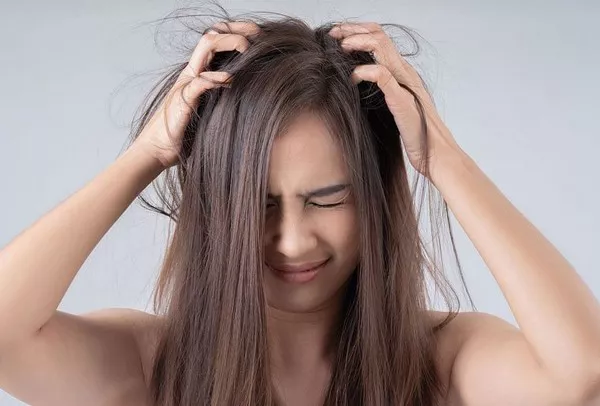Split Ends: Unraveling the Types, Causes, and Effective Treatment Methods for Gorgeous Hair
When it comes to maintaining luscious locks, split ends are a common enemy. They can make even the healthiest hair appear dull and lifeless. In this article, we will delve into the different types of split ends, explore their root causes, and provide effective treatment methods to restore your hair’s vitality and shine.
I. Understanding Split Ends
Split ends refer to the splitting or fraying of the hair shaft, typically occurring towards the hair’s end. They can vary in appearance, with some splits appearing as thin strands, while others may split into multiple branches. Identifying the specific type of split end is crucial for proper treatment.
Types of Split Ends:
1.Basic Split End: A single strand split at the end.
2.Mini Splits: Tiny splits that branch out from the main strand.
3.Candle Split Ends: Thick splits that resemble the flame of a candle.
II. Causes of Split Ends
Several factors contribute to the development of split ends. Understanding these causes can help you prevent and address the issue effectively.
1.Hair Styling Tools and Techniques: Frequent use of heat styling tools, such as straighteners and curling irons, can damage the hair cuticle and lead to split ends. Vigorous brushing and improper detangling methods can also cause breakage.
2.Chemical Treatments: Overexposure to harsh chemicals found in hair dyes, relaxers, and perming solutions weakens the hair structure, making it more susceptible to split ends.
3.Environmental Factors: Exposure to UV rays, excessive sun, wind, and pollution can strip the hair of its natural oils, leaving it dry and prone to damage.
4.Lack of Proper Hair Care: Insufficient moisturizing, inadequate conditioning, and infrequent trimming contribute to the formation of split ends.
III. Effective Treatment Methods
To combat split ends and restore your hair’s health, follow these effective treatment methods:
1.Regular Trimming: Schedule regular visits to the salon to trim off the split ends. This prevents the splitting from traveling further up the hair shaft and allows for healthy growth.
2.Gentle Hair Care Routine: Use a wide-toothed comb or a detangling brush to minimize hair breakage. Avoid brushing wet hair, as it is more vulnerable to damage. Opt for gentle hair care products that are specifically formulated to repair and protect split ends.
3.Deep Conditioning: Apply a nourishing hair mask or deep conditioner once a week to provide intense hydration and replenish lost moisture. Look for products enriched with ingredients like keratin, argan oil, or shea butter for optimal repair.
4.Protective Hairstyles: Avoid hairstyles that tug or pull on the hair, such as tight ponytails or braids. Opt for loose hairstyles or use soft hair accessories to reduce strain on the hair shaft.
5.Heat Protection: Prior to using heat styling tools, apply a heat protectant spray to shield the hair from excessive heat. Use these tools on low to medium heat settings and limit their use to minimize damage.
6.Nutrient-Rich Diet: Consume a balanced diet rich in vitamins, minerals, and proteins to support hair health. Include foods like salmon, eggs, spinach, nuts, and avocados to nourish your hair from within.
7.Natural Remedies: Explore natural remedies such as coconut oil, olive oil, or avocado oil to provide deep conditioning and repair damaged hair. These oils can be applied to the ends of the hair and left overnight before rinsing out.
Conclusion :
Split ends may be a common hair woe, but with the right knowledge and care, you can effectively treat and prevent them. By understanding the types of split ends and their causes, you can tailor your hair care routine to address the specific needs of your hair. Regular trimming, gentle handling, deep conditioning, and a nutrient-rich diet are key to restoring your hair’s vitality and saying goodbye to split ends. Embrace these effective treatment methods, and soon you’ll be flaunting gorgeous, healthy hair with confidence. Remember, prevention is better than cure, so take proactive measures to protect your hair from damage and maintain its natural beauty.

